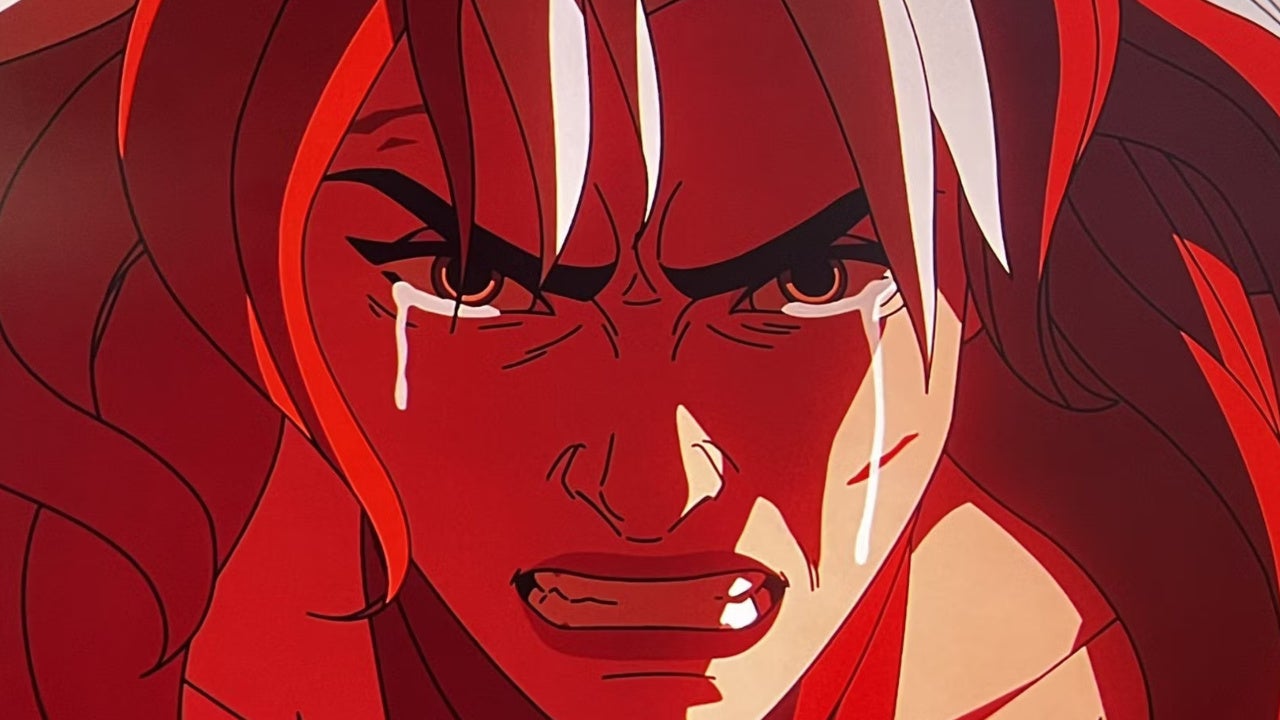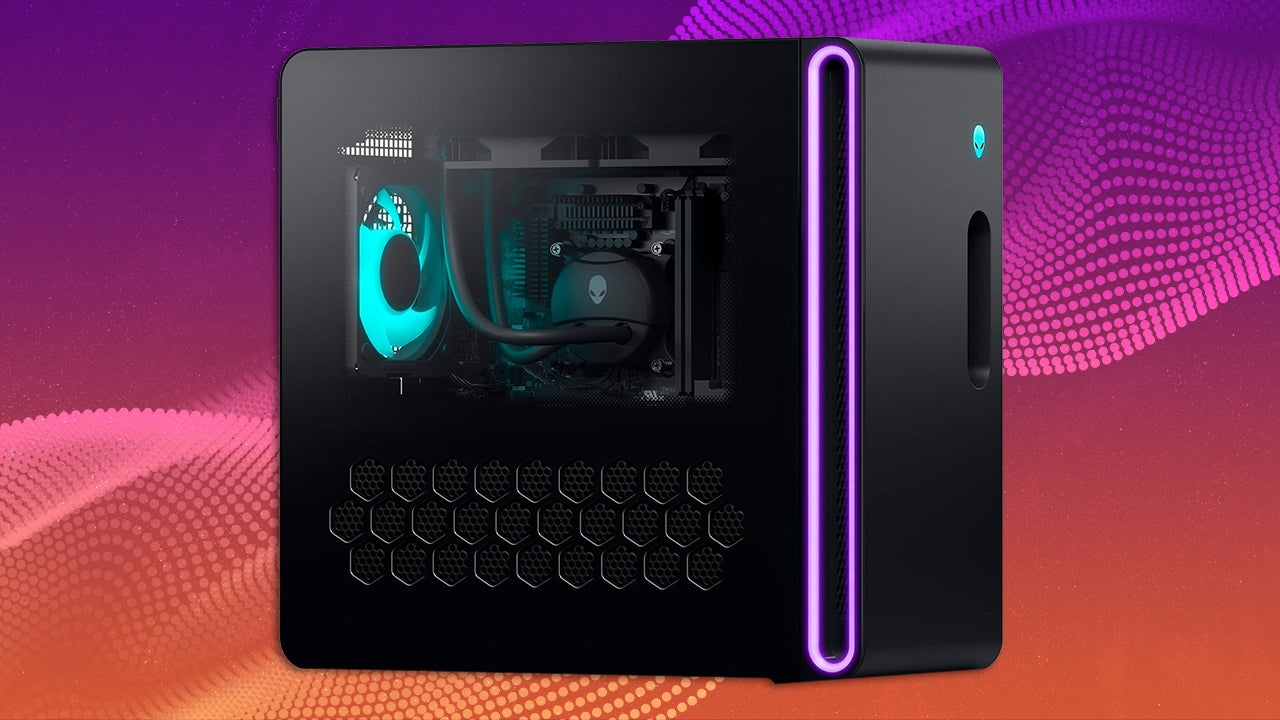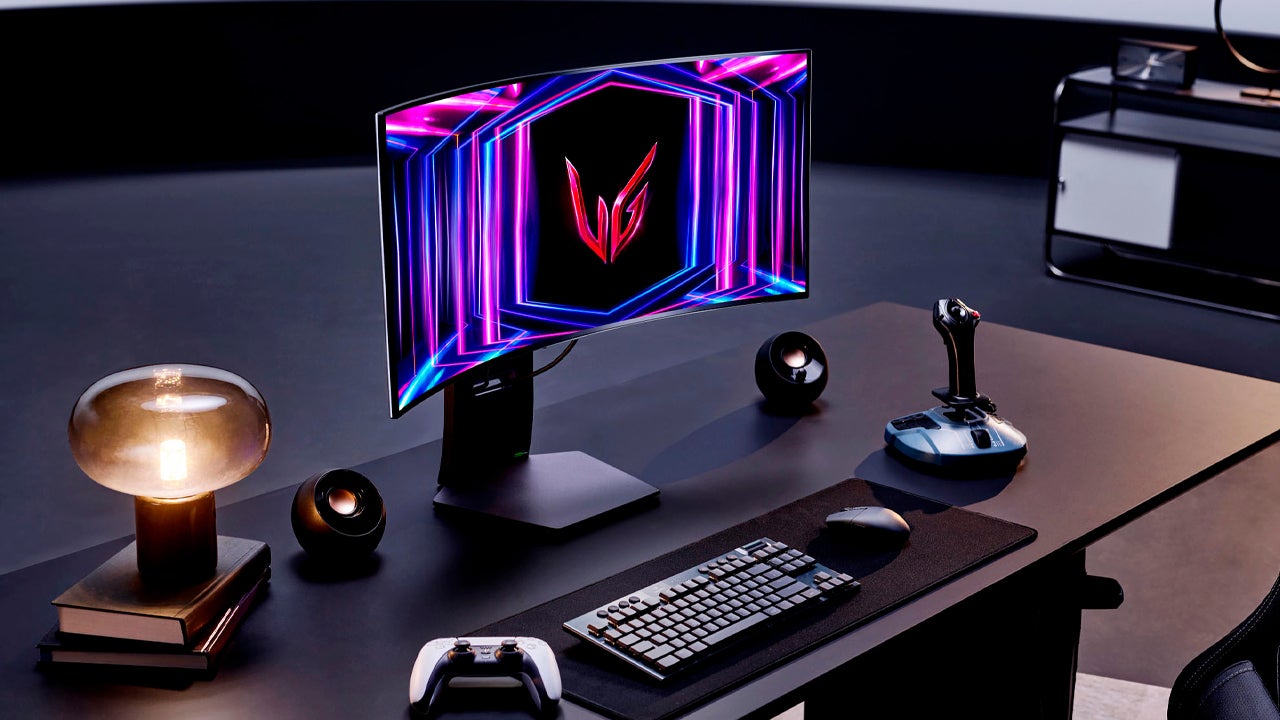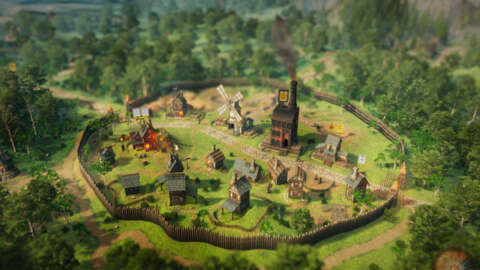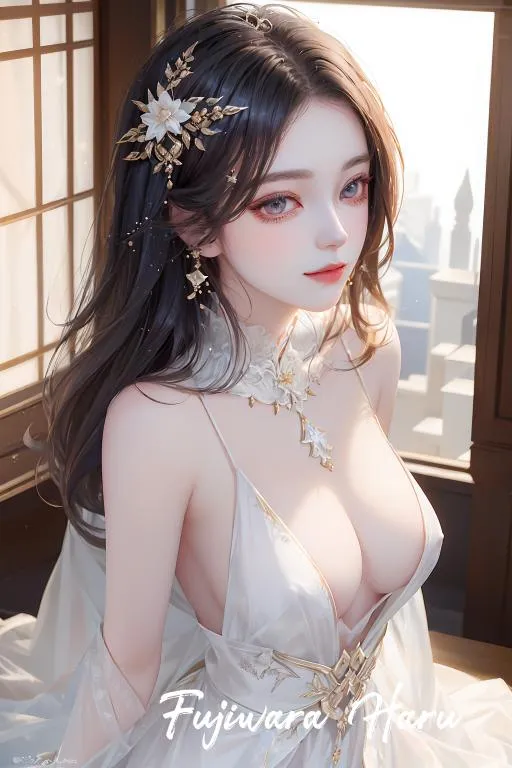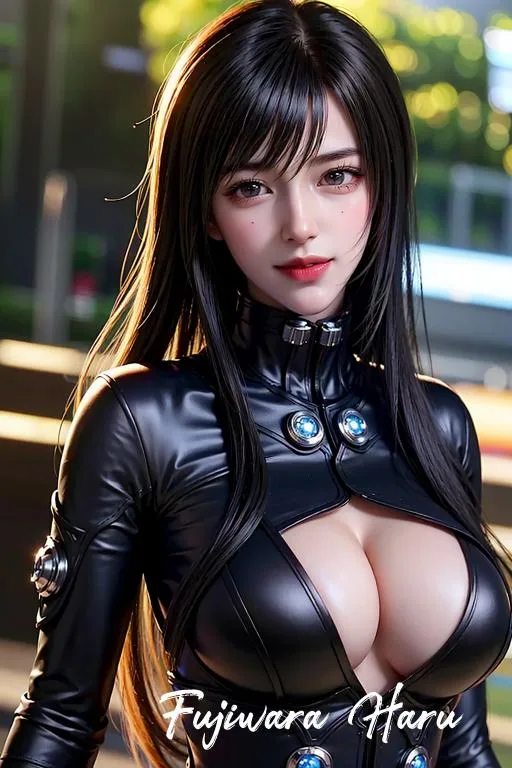Warning: This article contains full spoilers for X-Men ‘97: Season 1, Episode 5. If you haven’t already, be sure to check out IGN’s review of “Remember It.”
It’s safe to say a great many Marvel fans are still reeling from the events of X-Men ‘97’s fifth episode. The series takes a profoundly dark turn in “Remember It,” with Magneto, Rogue and Gambit defending the mutant nation of Genosha from a rampaging Master Mold Sentinel. By the time the battle is over, Magneto and Gambit are dead, along with countless other inhabitants of the new mutant nation. X-Men ‘97 has just killed off two of its most iconic and beloved characters, and we’re only halfway through Season 1.
Clearly, the new series isn’t afraid to break a few toys in service of telling a good story. To learn more about the challenges of crafting this bleak episode and killing off fan-favorite heroes from the original X-Men: The Animated Series, IGN spoke to X-Men ‘97 supervising director Jake Castorena and episodic directors Chase Coney and Emi Yonemura. Read on to learn how X-Men ‘97 is bringing a new level of consequences to this long-running animated universe.
Mutant Genocide on Genosha
Episode 5 is very much a turning point for the series. Up until that point, X-Men ‘97 carried a more hopeful tone, suggesting that mutants were finally beginning to win acceptance in a world that once hated and feared them. That optimism comes crashing down in the climax of “Remember It,” which serves as a sobering reminder that there are some who will stop at nothing less than the complete annihilation of mutantkind.
Castorena echoes recent comments made by former showrunner Beau DeMayo, who compared the massacre on Genosha to the experience of living through real-world tragedies like 9/11 and the Pulse club shooting.
“It was one of the things that initially intrigued me about coming onto the project and realizing where things were going, where we were taking the show,” Castorena tells IGN. “It's important to acknowledge, and again, this comes from the mission statement from those visions from day one, there is a certain generation that grew up with the original X-Men show. That certain generation, anyone who's grown up with the X-Men series, has … lived through an experience … as a people: loss of innocence, so to speak, on a global level, on a fundamental level, 9/11, all the way down to COVID and everything that's happened in between and after.”
Castorena continues, “For those of us that grew up with that show, we're understanding that there is a world and that world has consequences. That's what intrigued me about this project. [It] was, ‘Oh, there are consequences on this show. Case in point - death.’ It's always a really big swing to want to change or modify something from its original DNA. There weren't really deaths in the original show. Yes, Morph died, but Morph came back. People died, but they always came back. They always got up. They were down, but they were never out. They always healed and came back. We lost them for an episode or two.”
As Yonemura explains, part of the challenge of Episode 5 is ensuring that the series earns its big moments and sells the horrific tragedy unfolding before our eyes.
“When we received the script, we knew what the goals were, what the big picture was, but immediately right off the bat I knew we had to earn it,” Yonemura says. “It's so hard to introduce a city and a culture and then also immediately take it away. How do you earn that loss with the audience? So we worked really hard with the writers and our execs to go, ‘Okay, I think that X, Y, Z is what we need.’"
Yonemura also offers some insight into the development of Episode 5, revealing that originally Genosha wasn’t as big a focus before the dramatic climax. But part of “earning it” meant ensuring that viewers have a full picture of life in the new mutant nation before it’s cruelly snatched away.
“Originally there wasn't such a huge introduction to Genosha, and I said, ‘We need it. We need to see it with kids. That's the best way to show a utopia working, is children happy.’ For me, it was also seeing Leech has friends. It was the thesis statement all along to know that we have to earn the loss and it has to mean something and then that has to be taken very delicately.”
Yonemura continues, “My editor, Michelle [McMillian], was right there along with me the whole way making sure that pacing worked, that we were hitting peaks and valleys at the right times. The episode went through multiple versions where even at one point we had tried splitting Genosha and the X-Mansion, but we realized, no, it works better integrated, but then how do we find them lining up at the right moments? Because we also didn't want to have one storyline peaking with happiness while the other one is getting really serious to melodramatic. So it was a delicate balance, but it was a collaborative experience from every department and the team really brought it together.”
Part of what makes “Remember It” so impressive is the way in which it balances the more down-to-earth soap opera of the X-Men’s lives with the massive stakes of Genosha. One minute, the Cyclops/Jean Grey/Wolverine/Madelyne Pryor love quadrangle is erupting, the next the mutant race is fighting for its very survival across the globe. How do the directors work to balance those disparate elements? For Castorena, it’s all down to the tools of the trade.
“Ultimately, what it comes down to is what is the story we are trying to tell? What is the point of the story? What are we trying to accomplish? And then, figuring out what the best tools are visually to help aid that,” Castorena says. “That can be anything from how we track a certain character's acting, or are they leaning all the time? Do they tend to look away? Do they have a scratch fidget? Or how do we shoot something? Is it supposed to be dark and dreary and a little ominous? Are we shooting it low? Are we shooting it Dutched and dynamic a little bit? How's lighting affecting it? Tone, editing, pacing. There's a myriad of visual tools that, specifically myself, as a head director on this show, that I have at my disposal to work with the team to visually accomplish what we need to.”
Building on the Legacy of X-Men: The Animated Series
X-Men ‘97 has a tricky balance to maintain. It’s a show that acts as a direct continuation of the original X-Men: The Animated Series, yet it’s also one targeted at a decidedly older audience. No longer is Wolverine limited to using his adamantium claws against robots and inanimate objects. Characters are allowed to curse once in a while, and the series is rife with sexual tension. How do the directors manage to find that balance between honoring the original series and taking advantage of the new TV-14 format?
“Just because we can, doesn't mean we should as far as violence or showcasing stuff, because also when you show too much gory graphic-ness, it tends to desensitize the audience,” Castorena says. “Ideally our goal is to not have the audience become desensitized to the violence, but to be emotionally exhausted from it, to live in that true realm of how our characters are living with it.”
Castorena continues, “I daresay it wasn't a challenge because, first and foremost, story over everything. If it doesn't visually service the narrative, whether it's violence or what we show or what we don't show, it doesn't go in… What does the story need for what moment and when and where is that line? That's what we work together as a team to figure out.”
“We were kids watching the original X-Men animated series on TV, and I remember thinking at the time, even for the ‘90s, and I know that you look back at it now and it feels very PG by comparison, but I remember thinking that this has high stakes,” Yonemura says. “I mean, look at ‘The Phoenix Saga.’ There's a lot of action. And I think for a lot of people, especially our modern community, our tastes are different and we can be a little bit more adult and respect that TV-14. I mean, my godson was reading Akira at 12. And while I thought that was maybe a questionable choice, I think that kids can handle a lot.”
“The way that the old show approached their adaptation, we approach this with the same spirit where we don't want to be gratuitous, but you also want to create stakes. You want to feel lost. You want to set this stuff up so that it really feels as if you lost a character, but you also want the impact of, these are amazing super-powered beings that are in conflict with each other,” Conley says. “And so there's going to be fallout that comes with that.”
Conley points specifically to ‘80s projects like Transformers: The Movie and Macross as sources of inspiration, as they treated death as something both consequential and inevitable.
“This is not to hate on that show, but I've always wanted to not make a show that is like G.I Joe where you just see people shooting and no one gets hit. It killed me, the first time I saw Transformers: The Movie and Optimus Prime died, but it sticks with you, sticks to your ribs. Same thing with shows like Macross. That was the first real series I saw where the characters were just gone. They did not come back. So it adds stakes and weight to the storytelling and it makes things matter.”
Honoring the X-Men Comics
Like the original series, X-Men ‘97 borrows very liberally from Marvel’s X-Men comics. That can take the form of direct adaptations of iconic X-Men storylines. For example, two of Season 1’s episodes adapt the critically acclaimed “Lifedeath” story arc from Uncanny X-Men, while Episode 3 serves as a condensed take on the Inferno crossover from 1989.
But often these homages are purely visual. Take the shot of Gambit kissing Rogue on the basketball court in the title sequence, which is pulled directly from Jim Lee’s artwork in 1992’s X-Men #4. Meanwhile, Episode 5’s sequence of the Master Mold cutting a swath of destruction through Genosha is closely modeled after Frank Quitely’s work in 2001’s New X-Men #115. How do the directors decide when and how to include these homages?
“The idea is to adapt these things in a way that it feels like we are pulling directly from [the comic] and making it move. So, any opportunity to treat those as beat boards, we will absolutely do that,” Conley says. “It's like an homage to the people. We are standing on the shoulders of all those amazing creators that created those comic runs, and it just feels like a disservice not to do them justice by elevating - and I use the word elevating lightly because it is a high art form already - but just taking it and trying to maximize that as much as possible.”
“What's amazing, too, is our whole crew is made of fans. From execs to the green PA, everyone is a fan of X-Men,” Yonemura adds. “It was kind of one of our light rules when hiring, and so every person contributes. ‘Oh hey, I would love to secretly drop the numbers of this issue in the background on this control panel.’ And when we had the chance to do the main titles with Larry Houston, like you're saying, ‘Hey, we should put in that Jim Lee moment.’ And, granted, she's not going to punch Gambit now, but she could still cover his mouth and kiss, and we can still use that same composition and get fans excited, and kind of say to our fans watching our show that we're fans too, and we want to bring these moments into it. And what I love is that every person on the crew feels that way.”
For Castorena, it’s a question of how the series can maximize the sense of emotion in the imagery.
“[It’s] working really hard to get what is the overall emotion of it? What is the totality of the image?” Castorena says. “It is Master Mold blanketing themselves over Genosha and mass chaos. That's what we need to harness from the original panel. And I really believe our team came together, including sound design and final polish. I found myself watching it on broadcast and forgetting that we pushed that imagery the way we did with also the sound design and going, ‘Oh man.’ I think it really hits. It's taking advantage of the audio too.”
Castorena continues, “As a reader, you're able to live in certain panels. You're able to form how you're supposed to feel for yourself, but in our medium, we also have to take advantage of sound and pacing. You want to be able to guide the audience how to feel, not tell them how to feel. One of the things that we were able to do on our version of that [Master Mold] panel, that shot, was really leaning into sound design. Incredible shout out to Skywalker Sound, they were amazing, but they truly helped elevate the echoes and the cries throughout the city and when to pull the score back and when to not.”
How X-Men ‘97 Moves Forward
So how does the series move forward from such a major tragedy? How will the X-Men react to learning their fearless new leader and one of their oldest teammates have been killed, alongside thousands of other mutant casualties? We may have to wait a little while longer to find out.
The series’ next order of business is returning to cap off the “Lifedeath” storyline that began in Episode 4. Episode 6 returns focus to Forge and the de-powered Storm. As Conley explains, it’s an intentional choice designed to pivot the series after what was effectively its mid-season finale.
“We'll jump back into the Storm storyline, which I kind of think is a nice breather,” Conley says. “I wouldn't call it the palate cleanser because it's also not the happiest, but at the same time, I think that it serves as just that moment that you would need if anybody in your family may pass where you're just trying to absorb in the moment. We're giving the audience time to absorb what happened, and to check in with our other characters as well. Because not everybody was there and we want to just make sure that we are following that without going too long without checking in on Storm and Forge and to see exactly what they have going on.”
Episode 4 marked an interesting departure from the norm, structurally. That episode is really two mini-episodes in one - “Motendo” and “Lifedeath Part 1.” Conley teased that the series has the potential to continue experimenting with structure moving forward. Again, it’s about what best serves the stories being told.
“There's always opportunities. I think that that one was unique in that sense because those stories were thematically a little, in terms of tonality … different, but there's always opportunities to explore. And I think that we have been given a green light. If it makes sense, then we can explore that. Where we end up I think is always a matter of discussion. Is this still in the vein of what we're trying to do? Is this too different? Does it pull away from the story, etc. So we are always in service of the overall as opposed to one particular episode.”
“I think the whole season is structured very specifically as well, so that we also have peaks and valleys, and people's emotions,” Yonemura adds. “And I think that what's to come will be wonderful. It's still X-Men, there's always going to be the drama side of it too. But I think that the season was crafted very specifically so that we do give ourselves breaks. Not to say that stuff is not as important [that’s] still happening, because very important stuff is going to still go down, but I think it's nice. It's nice that it's a mid-season finale, so we can't keep going hard from there because then you kind of lose, honestly, the importance and the passion. But we'll go hard again and I'm excited for people to see that.”
For more on X-Men '97, check out our biggest burning questions after Episode 5 and flash back to a time when X-Men was the biggest comic on Earth.
Jesse is a mild-mannered staff writer for IGN. Allow him to lend a machete to your intellectual thicket by following @jschedeen on Twitter.
